Results 3,201 to 3,210 of 12096
Thread: Anandtech News
-
-
08-02-13, 08:30 PM #3202
Anandtech: Google Releases 4.3 OTA for HTC One and Galaxy S4 Google Play Editions
It's been a busy week in the Android space, and this evening Google appears to have hit the button on the Android 4.3 (Jelly Bean MR2) update for the HTC One and Samsung Galaxy S4 Google Play edition phones. I just got the 4.3 OTA notification on both of my Google-suppled GPe phones. The update is around 150 MB for the SGS4 and 180 MB for the HTC One, and comes as build JWR66V. This comes immediately after both HTC and Samsung released their Android 4.3 kernel sources online. Seems as though Google made good on its promise for speedy updates to the Google Play edition phones, as this comes about a week after the official Nexus program 4.3 OTA started. I'll be digging around inside to see if anything major sticks out beyond what's expected from 4.3.
For more on what's new in Android 4.3, check out my previous post or the official Android platform highlights post for 4.3.
Update: Major changes seem to be increased icon sizes on the widget panels as shown above on both HTC One and SGS4, and working IR on the HTC One, thanks @nkj. Bluetooth tethering has also been added to the SGS4 GPe, meaning I can finally use that device with Google Glass and my Parrot Asteroid Smart head unit, which both require Bluetooth internet tethering to work. The solid black background on the SGS4 GPe in settings and other places has also been replaced with the stock Android 4.x gradient.


Left: Bluetooth Tethering added on SGS4 GPe 4.3, Right: Gradient behind elements instead of solid black
More...
-
08-03-13, 11:00 AM #3203
Anandtech: The AnandTech Podcast: Episode 24
In this episode Brian and I talk about BenchmarkBoost-Gate or whatever, CPU governor optimizations for mobile benchmarks, the new Nexus 7, Android 4.3 and TRIM, Chromecast and Moto X.
The AnandTech Podcast - Episode 24
featuring Anand Shimpi, Brian Klug
iTunes
RSS - mp3, m4a
Direct Links - mp3, m4a
Total Time: 2 hours 40 minutes
Outline h:mm
BenchmarkBoost - 0:00
CPU Governor Optimizations - 0:53
Nexus 7 - 1:10
Android 4.3/TRIM - 1:30
Chromecast - 1:44
Moto X - 2:04
More...
-
08-05-13, 08:30 AM #3204
Anandtech: The Impact of Disruptive Technologies on the Professional Storage Market
Over the past couple of decades, the server market has evolved from closed, proprietary, and most importantly extremely expensive mainframe and proprietary RISC servers into today's highly competitive x86 server market. However, the professional storage market is still ruled by proprietary, legacy systems. Today, you can get a very powerful server that can cope with most server workloads for something like $5000. Even better, you can run tens of workloads in parallel by virtualizing them. But go to the storage market with four or even five times that budget and you will likely return with a low end SAN. But change is in the air; after resting in a steady state for almost a decade, the market is changing and the change is fundamental. Well, that is our opinion. Read on to form your own.
More...
-
08-05-13, 05:30 PM #3205
Anandtech: Surface Pro $100 Price Drop - A Prelude of Things to Come?
Techreport.com posted earlier today that there's currently a $100 rebate from Microsoft on the Surface Pro. That brings the price of the 64GB SSD model to $799 and the 128GB model to $899, though still without a Type Cover sadly (add another $129 for that). The rebate is set to run through August 29, or "until supplies last", but it seems more like a way to clear inventory in preparation for the launch of a Haswell based Surface Pro 2.
In our review of the Surface Pro six months ago, we concluded that it was one of the best executed tablet/laptop (taptablet, Ultra-tablet, etc.--feel free to make up your own name for this class of device) computers we had seen. The inclusion of an active stylus also opens the door for other use cases--Penny Arcade's Mike Krahulik for instance loves his Surface Pro and it appears he has switched to using that for many of his comics. The two primary concerns with the original still remain, however: you don't get the Type Cover as part of the core package (and $129 is an awful lot for a cover that doesn't include any additional battery life), and more importantly the battery life is pretty poor for a tablet--five or six hours in our testing, compared to 10-13 on many higher quality tablets.
Now that the Haswell launch is behind us, we have a better idea of what to expect from the 4th Generation Intel processors, and most of what we expect is minor to moderate improvements in performance with dramatically improved battery life. So far, we've seen 6-13 hours out of the new MacBook Air 13, over eight hours on the updated Acer S7--nearly twice what the original S7 managed!--and even a mainstream laptop with a quad-core i7-4702MQ (and a larger battery) posted times of 4-9 hours with the MSI GE40. In fact, I've got an updated MSI GT70 with i7-4930XM and GTX 780M that's getting 4-6 hours in our battery life tests. When we look at power use of the Haswell ULT processors and consider what can be done with a 4.5W Haswell, the next Surface Pro could be a serious improvement over the original, at least as far as mobility goes.
I'd still like to see Microsoft include a Type Cover in the package, as otherwise you're getting an already expensive tablet and paying a hefty sum to add laptop functionality. Improving the battery life and getting the prices closer to the current "rebate pricing" would seal the deal I think. We'll have to wait to see what Microsoft actually releases, but in the meantime, if you're in a hurry to help clear out the Ivy Bridge inventory, feel free to take advantage of the current offer. Just don't be surprised to see a newer, better Surface Pro in the near future.
More...
-
08-06-13, 05:30 PM #3206
Anandtech: Samsung’s 3D Vertical NAND Set to Improve NAND Densities
Ars Technica has posted information on Samsung’s new 3D Vertical NAND technology, and it promises to boost densities for SSDs and other similar devices dramatically. The first version will be manufactured on a 10nm process technology, and Samsung announced last night that they have begun mass production of the devices.
Using up to 24 vertical NAND elements, Samsung predicts that they will be able to scale up to 1Tb per individual NAND chip. It’s not clear exactly how large the initial chips will be, but with conventional 19nm NAND currently shipping in 128Gb capacities we’d expect at least two to four times as much storage per chip. That means using current SSD standards of eight channels of NAND we’d see capacities for “commodity” SSDs move from 128GB to 256GB or even 512GB, and with four NAND die per package we could easily hit 2TB SSDs. The days of needing a secondary storage device with a hard drive could be quickly coming to a close depending on the timing and pricing.
There’s a second technology also coming into play with V-NAND that addresses concerns with reliability and longevity of NAND. Rather than storing charge in a set of floating gate transistors, with voltage levels corresponding to either 0/1 (SLC), 00/01/10/11 (MLC), or 000/001/010/011/100/101/110/111 (TLC), V-NAND will use Charge Trap Flash (CTF). Samsung states, “With Samsung's CTF-based NAND flash architecture, an electric charge is temporarily placed in a holding chamber of the non-conductive layer of flash that is composed of silicon nitride (SiN), instead of using a floating gate to prevent interference between neighboring cells.” Samsung claims that at a minimum CTF will have at least 2x the lifespan of floating gate NAND, and potentially as much as a 10x increase. Write performance is also doubled relative to floating gate NAND.
Sadly, there’s no specific word on availability or pricing right now, and historically with V-NAND just entering mass production we’re likely a year or more away from production SSDs using the technology, probably more like two. Samsung is obviously a major player in both the NAND and SSD markets, so a product using V-NAND is inevitable, but testing and validation will certainly require some time. Hopefully this all comes sooner rather than later, though, as the potential to ditch conventional storage and get improved performance and reliability compared to current NAND seems like the perfect storm needed to end our reliance on slow, spinning platters.
More...
-
08-07-13, 01:00 AM #3207
Anandtech: IBM Offers POWER Technology for Licensing, Forms OpenPOWER Consortium
The CPU wars are far from over, but the battlegrounds have shifted of late. Where once we looked primarily at the high-end processing options, today we tend to cover nearly as much in the ARM licensing world as we do in the x86 world. IBM is joining with Google, NVIDIA, Mellanox, and Tyan to create the OpenPOWER Consortium, with the intent being to build advanced server, networking, storage, and GPU-accelerated technologies based on IBM’s POWER microprocessor architecture. High performance computing clusters and cloud computing are other areas of focus for OpenPOWER.
Along with the forming of the OpenPOWER Consortium, POWER hardware and software will be made available for open development for the first time, and POWER IP will be licensable to others. (While not stated explicitly in the news release, Ars Technica's Andrew Cunningham reports that licensing will begin with POWER8.) Steve Mills, senior vice president and group executive at IBM, states, “Combining our talents and assets around the POWER architecture can greatly increase the rate of innovation throughout the industry. Developers now have access to an expanded and open set of server technologies for the first time. This type of ‘collaborative development’ model will change the way data center hardware is designed and deployed.”
The NVIDIA aspect is also interesting, considering how many of the Top 500 Supercomputer list now use some form of GPU. Sumit Gupta from NVIDIA’s Tesla Accelerated Computing Business states, “The OpenPOWER Consortium brings together an ecosystem of hardware, system software, and enterprise applications that will provide powerful computing systems based on NVIDIA GPUs and POWER CPUs.” Considering NVIDIA has also announced their intent to license Kepler and future GPU IP to third parties, we could potentially see SoCs in the coming years with POWER-based CPU cores and NVIDIA-licensed GPU cores in place of the common ARM and PowerVR solutions so prevalent today.
This is clearly intended to slow and perhaps even reverse the exodus seen from the POWER architecture over the past decade. Apple switched from POWER to x86 back in the Core 2 Duo days (2006), and after getting wins in both the current generation consoles (Xbox 360 and PlayStation 3) the next generation Xbox One and PlayStation 4 will both be going with x86 designs. Many are likely to see this as vindication of the IP (Intellectual Property) licensing route taken by ARM, with NVIDIA, and now IBM all looking to license their IP (not to mention AMD and others licensing ARM IP). Considering the decline in POWER use in recent years, this move should help give POWER more relevance in the future.
More...
-
08-07-13, 11:01 AM #3208
Anandtech: Hands On with the LG G2 - LG's latest flagship
Today LG is announcing the LG G2, there’s no Optimus this time, it’s just the LG G2. The G2 is the successor to the Optimus G, the phone that also became the Nexus 4, and makes a number of improvements above and beyond the Optimus G. The G2 is the flagship product that LG is putting all of its resources behind, and takes the flagship throne from the G Pro.
The G2 makes a number of interesting hardware changes in the shape, size, and button area compared to the competition. Rather than having side-mounted power and volume buttons, to minimize edge bezel, LG has moved them to the back of the device just below the camera module. The volume rocker is one solid piece with a raised power button in the center. The edge around the power button is the notification LED, which glows a white color when powered on or when things roll in.
LG believes that as devices grow in size, hand positioning has changed and putting the buttons on the side is no longer natural. I’ll admit I was initially confused about how to turn the G2 on, but after a few minutes of playing with the device, turning it on and off via the rear center power button or changing the volume seemed natural. The raised bump makes it easy to locate the buttons, and there’s another lip before your finger hits the camera front glass. Pressing the top button or bottom button for three seconds launches the memo app or camera, respectively. Inside the camera application, volume also doubles as a camera button and triggers image capture. It takes a little bit of getting used to, but putting the buttons on the back actually doesn't feel anywhere near as awkward as I thought it would. I'll have to spend more time with the G2 to really be able to tell how well this works in practice, but my initial subjective impressions are a lot more positive than I thought they would be.LG G2 SoC Qualcomm Snapdragon 800 (MSM8974)
4x Krait 400 2.3 GHz, Adreno 330 GPUDisplay 5.2-inch IPS-LCD 1920x1200 Full HD RAM 2GB LPDDR3 800 MHz WiFi 802.11a/b/g/n/ac, BT 4.0 Storage 32 GB internal I/O microUSB 2.0, 3.5mm headphone, NFC, Miracast, IR OS Android 4.2.2 Battery 3000 mAh (11.4 Whr) 3.8V stacked battery Size / Mass 138.5 x 70.9 x 9.14 mm Camera 13 MP with OIS and Flash (Rear Facing)
2.1 MP Full HD (Front Facing)
Gallery: LG G2 Hardware Gallery





The G2 eschews hardware buttons for the on-screen Android kind, although LG has made a number of customization options available in another settings menu.
The back of the G2 is a curved, rounded profile. LG has included a stacked battery inside the G2 that maximizes the volume of the internal space. It’s a 3.8V 3000 mAh (11.4 watt-hour) LG Chem battery. If you’ve been paying attention this was also something Motorola talked about for their Moto X (the stacked part), turns out that LG Chem is indeed a supplier for Motorola. Of course the back on the G2 is non removable, and sealed, which isn’t a surprise anymore.
The G2 comes in white and black models which are of polycarbonate construction. The materials choices aren’t anything revolutionary in a world where wood, metal, and composites seem to be the trend, but at least this time there’s no glass on the back that’s going to give people pause.
The highlight of the G2 is of course its 5.2-inch 1920x1200 IPS display, and thin bezel. Getting the bezel to be as thin as possible seems to have been LG’s main design direction for the G2, and again moving the buttons to the back side means less button intrusion into the size and a thinner bezel. The other part is moving to top and bottom fanout for the touch traces – instead of routing everything to the top or bottom, there’s a top connector and bottom connector, that means thinner edge profile.
The G2 display also includes built-in memory to enable panel self refresh. When the display contents aren’t being updated, the display GRAM holds this frame buffer and refreshes itself so the AP and display controller can go into an idle state. LG purports it gets a 26 percent reduction in power consumption from the display size using this GRAM (Graphic RAM) panel self refresh functionality.
Viewing angles on the G2 and brightness seemed great from what time I spent with a prototype model. LG Display always seems to do an awesome job with its panels, and I don’t think the G2 will stray far from that mark.
Camera on the G2 is also a step forwards from Optimus G. There’s a 13 MP rear facing module with OIS (Optical Image Stabilization) this time, which means LG joins HTC and Nokia in the OIS party. The module for the G2 is considerably bigger and includes the on-package gyro you’d expect for OIS to work properly. LG tells me that the CMOS still uses the 1.1µm pixels and size shared with the original Optimus G, but is a newer, faster version that supports 1080p60 video capture. That’s right, the G2 can do Full HD at 60 FPS on video. LG also does temporal oversampling (taking multiple frames and combining them into one image) for their digital zoom, instead of just a resampling. OIS definitely works on the G2 to help stabilize videos and take longer exposures in low light for still images.
The G2 also includes a sapphire crystal window on the back side to prevent scratching.
LG has made audio in the line-out sense a priority for the G2. We’ve seen a lot of emphasis from other OEMs on speaker quality and stereo sound, with the G2 LG has put time into rewriting part of the ALSA stack and Android framework to support higher sampling and bit depth. The inability of the Android platform to support different sampling rates for different applications remains a big limitation for OEMs, one LG wrote around, and with the G2 up to 24 bit 192 kHz FLAC/WAV playback is supported in the stock player, and LG says it will make an API available for other apps to take advantage of this higher definition audio support to foster a better 24-bit ecosystem on Android.
I asked about what codec the G2 uses, and it turns out this is the latest Qualcomm WCD part, which I believe is WCD9320 for the MSM8974 platform. LG says that although the previous WCD9310 device had limitations, the WCD9320 platform offers considerably better audio performance and quality that enables them to expose these higher quality modes and get good output. The entire audio chain (software, hardware codec, and headphone amplifier) have been optimized for good quality and support for these higher bit depths, I’m told. I didn’t get a chance to listen to line out audio, but hopefully in testing this emphasis will play itself out in testing.
The G2 is based on Qualcomm’s latest and greatest Snapdragon 800 SoC, MSM8974 at 2.3 GHz (the higher bin - Qualcomm is launching MSM8974 in two binned flavors at different costs, 2.2 and 2.3 GHz). This is of course the latest SoC built on TSMC’s 28nm HPm process with 4 Krait 400 CPUs inside, and Adreno 330 GPU. Alongside that the G2 includes 2 GB of LPDDR3 RAM. LG wasn’t ready for us to run benchmarks yet, as the prototypes we played with were not running stable release software with final tuning yet, but UI performance felt very speedy just in playing around on the device. Of course along with Snapdragon 800 comes LTE-A with carrier aggregation support – the banding for this international version I played with included LTE on bands 1, 3, 7, 8, and 20, and HSPA+ on 1, 2, 5, and 8, alongside Quad band EDGE.
The software platform is Android 4.2.2, and atop that is LG’s skin. LG has added a bunch of new features to its skinned Android experience, although its visual themeing remains essentially unchanged. Double tap to turn on and off uses the built in accelerometer to wake the phone up or turn it off – you just double tap quickly on the device when it’s in an off state to turn it on, and double tap quickly on a blank part of the display or status bar to turn it off. I don’t have a problem getting my index finger to the raised power button, but this is obviously an accommodation just in case that’s difficult.
LG also is including 8 different colors of Quick Window cases with the G2, which offer a small window for getting glanceable information like the time or notifications. LG was quick to point out that it debuted this feature with the LG Spectrum 2.
The LG G2 looks like a big step forwards from the original Optimus G and includes an impressive list of new features, and may just be the place we see Snapdragon 800 first. The LG G2 will arrive internationally and on the four major carriers in the USA with the appropriate network band support. More on availability is coming soon, but I would suspect mid September for at least the international model.
More...
-
08-07-13, 11:01 AM #3209
Anandtech: AMD's Radeon HD 7990 Gets an Official Price Cut: $799 and Below
We don’t typically run pipeline stories on video card price cuts, but then again most price cuts are gradual affairs that even the manufacturers themselves rarely draw attention to. However today we have a case where we’re looking at a far more substantial price cut on a far more substantial product: AMD's Radeon HD 7990.
For the launch of AMD’s frame pacing enhanced Catalyst 13.8 drivers earlier this month, AMD’s partners were able to get reference 7990 cards down to as low as $799. That was $200 below the 7990’s official list price and still $100 cheaper than it was earlier in July. That alone is a fairly stiff price cut for a product that only launched less than 3 months prior.
However after doing our weekly price checks and noticing that prices were lower still, after poking some contacts we’ve been told that AMD has since then enacted a further official price cut, which in turn has already pushed down prices even further. Officially the price on the 7990 is being reduced to $799, which is the price we already saw it at last week. But as is usually the case, AMD is quoting the MSRP rather than the price their partners are actually paying for 7990. By taking a hit on their own margins AMD’s partners could hit $799 before this week’s price cut, and now with this new price cut in effect those same partners have room to lower prices once again.
The end result is that while the official MSRP on the 7990 is $799, street prices are consistently lower; much lower in fact. PowerColor and XFX have their respective reference models down to $669 and $699 after rebates respectively, while HIS, Gigabyte, and VisionTek are all $749 and lower without rebates. This gives the 7990 an effective price cut of somewhere between $250 and $330 since its launch 3 months ago, and around $100 cheaper than it was just last week. $799 was already a good deal 7990 for the product, so it goes without saying that this puts the card in an even better position.
AMD for their part isn’t in the business of giving away hardware, so significant price cuts like this are both a boon for buyers and a concern for the company. The timing of the 7990 launch – a product that should have ideally been released months earlier as opposed to coming after the release of FCAT – was undeniably poor. Consequently when we see this large of a price cut this quickly it hints to AMD sitting on a lot of unsold inventory, possibly a consequence of that weak launch, but in the end that’s a matter for AMD and their partners.
Ultimately $669 is by no means cheap for a video card – we are after all still talking about a luxury class dual-GPU card – but it does represent a not so subtle shift in the market. At these prices 7990 is no longer directly competing with NVIDIA’s GTX Titan and GTX 690, but rather we’re now seeing the 7990 priced a stone’s throw away from NVIDIA's lower end GK110 based card, the GTX 780. The GTX 780 was itself something of a spoiler for the $1000 GTX Titan, so at these prices the 7990 serves much the same role.
More importantly however is that AMD now has a direct counter for what’s technically NVIDIA’s fastest consumer card, no longer leaving NVIDIA unchallenged there. We won’t wax on about the performance of the two cards, but with AMD’s frame pacing improvements in play the 7990 is very strong contender for this segment. The wildcard, as always, is going to be faith in whether AMD will be able to continue quickly delivering performance-consistent Crossfire profiles for new games, a never-ending challenge for dual-GPU products.
Summer 2013 GPU Pricing Comparison AMD Price NVIDIA $1000 GeForce GTX Titan/GTX 690 AMD Radeon HD 7990 $700 $650 GeForce GTX 780 Radeon HD 7970 GHz Edition $400 GeForce GTX 770
More...
-
08-07-13, 12:30 PM #3210
Anandtech: John Carmack Joins Oculus Rift as CTO
The Oculus Rift Kickstarter page (and various other places) announced today that John Carmack is joining them as their new Chief Technology Officer. John is one of the biggest names in the industry of 3D gaming, having been on the forefront of technology with Wolfenstein 3D, Doom, Quake, and Rage. The fact that he’s interested in Oculus Rift shouldn’t come as too much of a surprise, and in fact everyone I know that has had a chance to see the technology in action has been impressed. I wasn’t able to get there at CES 2013, but I know Brian stopped by—he mentioned that the transition from the Virtual Reality environment back to the real world was disorienting, in a good way (i.e. it was much better VR than we’ve seen in the past).
Of course, this isn’t the first time John has had anything to do with Oculus Rift—he was the first developer to get the Oculus running with a 3D game (Doom 3). In a statement to the community he writes, “I have fond memories of the development work that led to a lot of great things in modern gaming – the intensity of the first person experience, LAN and internet play, game mods, and so on. Duct taping a strap and hot gluing sensors onto Palmer’s early prototype Rift and writing the code to drive it ranks right up there. Now is a special time. I believe that VR will have a huge impact in the coming years, but everyone working today is a pioneer. The paradigms that everyone will take for granted in the future are being figured out today; probably by people reading this message. It’s certainly not there yet. There is a lot more work to do, and there are problems we don’t even know about that will need to be solved, but I am eager to work on them. It’s going to be awesome!”
Just to be clear, John isn’t leaving id Software for this new position; he will continue his work there, as well as with other companies/projects. It’s also interesting to look at the last id Software release, Rage, and think about what John might have to say regarding gaming performance of the Oculus Rift. Rage basically made itself useless as a benchmark by targeting a maximum frame rate of 60FPS, and it would dynamically adjust quality to hit 60FPS as best as it could, generally succeeding even on relatively low-end hardware. For Virtual Reality, I can see having a constant 60FPS stream of content being far more important than getting additional graphics quality, so hopefully John can help other developers realize that goal.
As for the Oculus Rift, with many (over 17000!) development kits having now shipped to the community, as well as showcasing the 1080p HD version at E3 2013, we’re getting ever closer to the final hardware. The 0.2.3 SDK is also available, and besides the $2.5 million from the initial Kickstarter campaign, Oculus Rift has brought in a significant amount of additional funding over the past year. There’s still no official release date, but given the progress from the last year I’d expect to see the first consumer release within the next year for sure, and very like before then. I’m sure they’d love to get on shelves before Christmas this year, but whether or not they can manage that remains to be seen.
More...
Thread Information
Users Browsing this Thread
There are currently 45 users browsing this thread. (0 members and 45 guests)





 Quote
Quote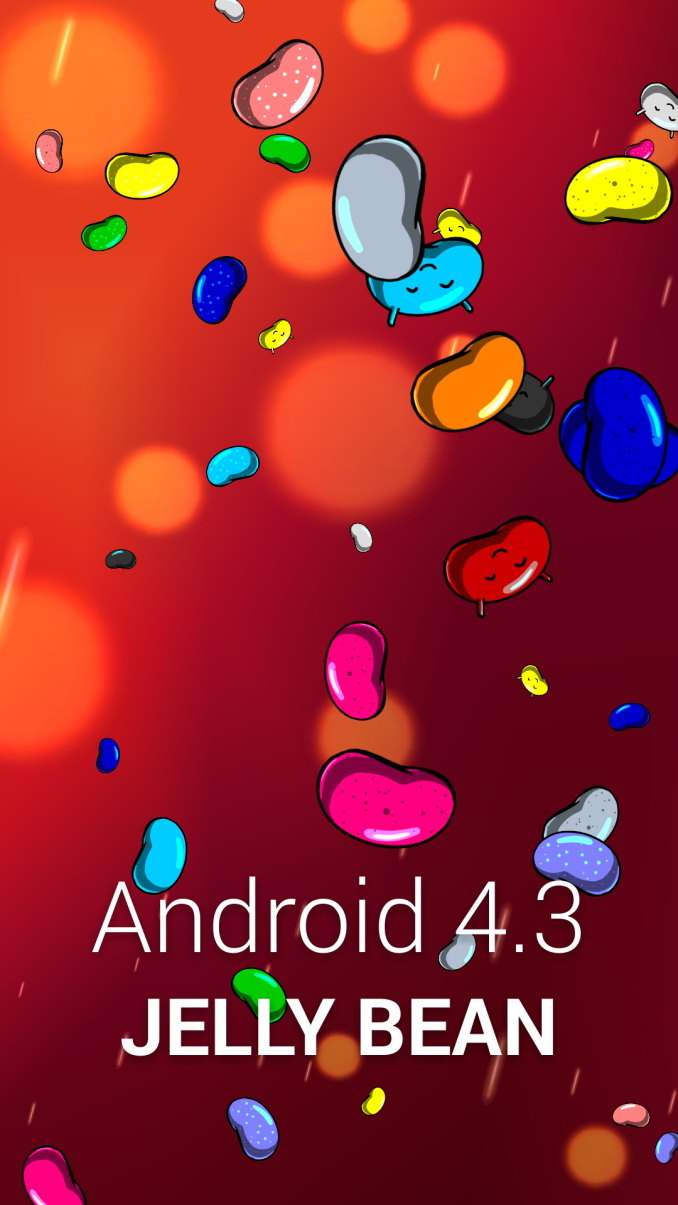
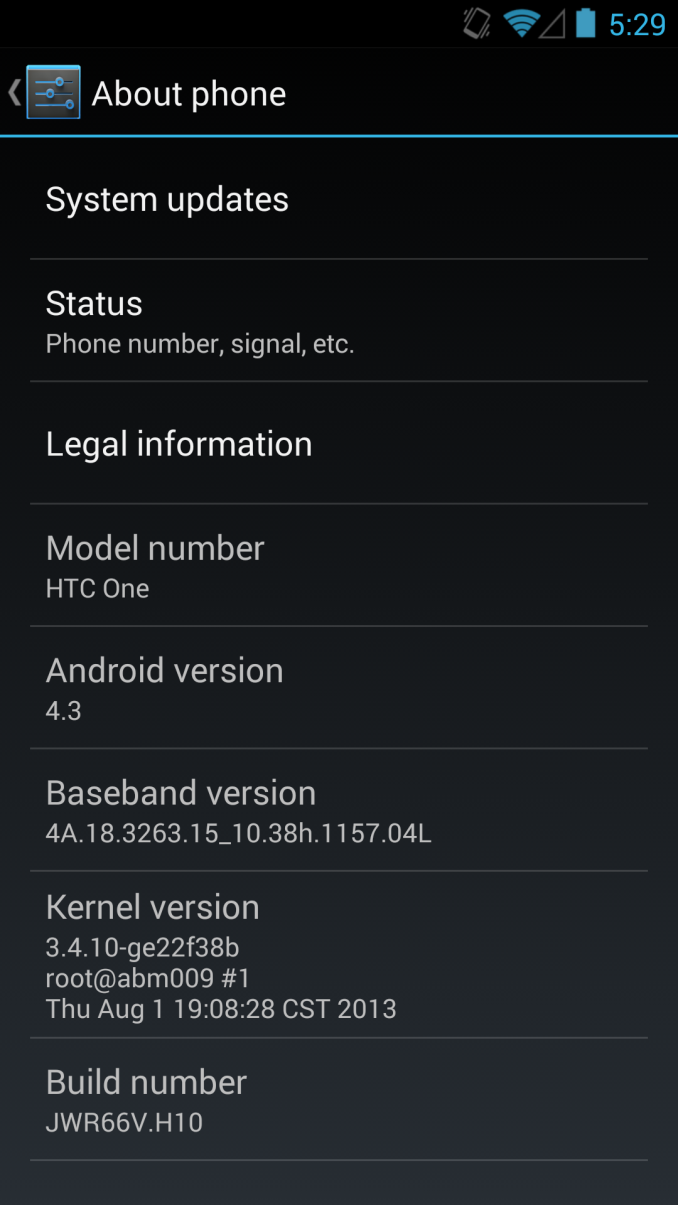

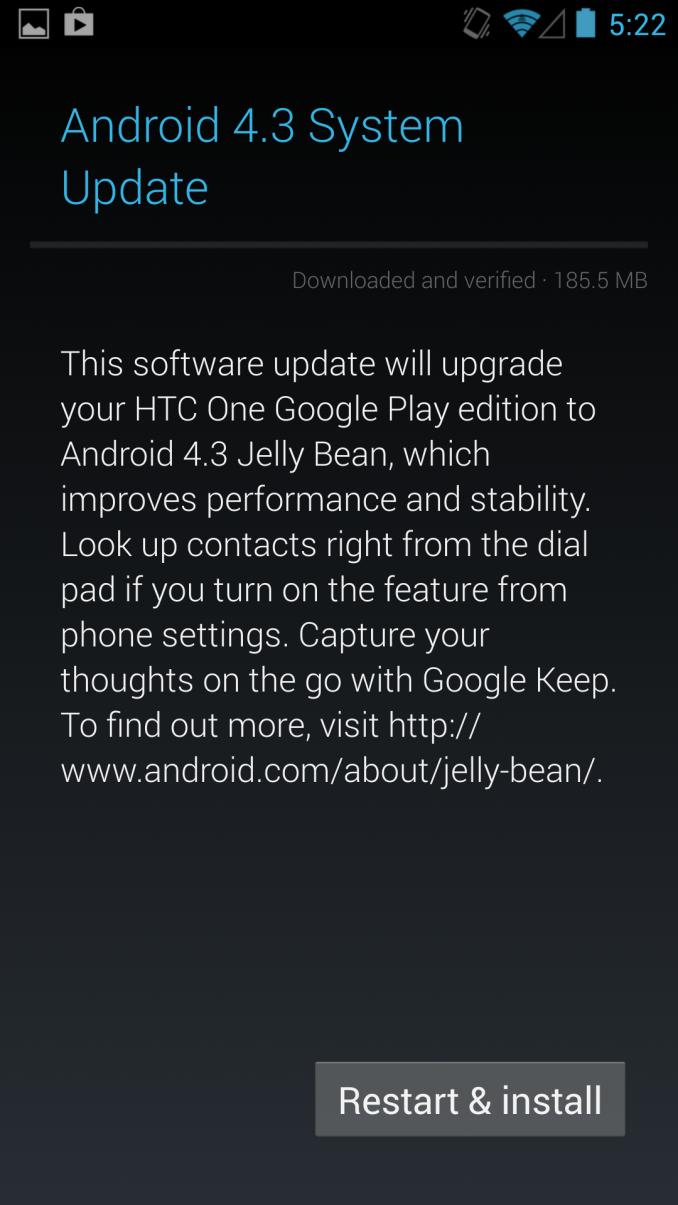



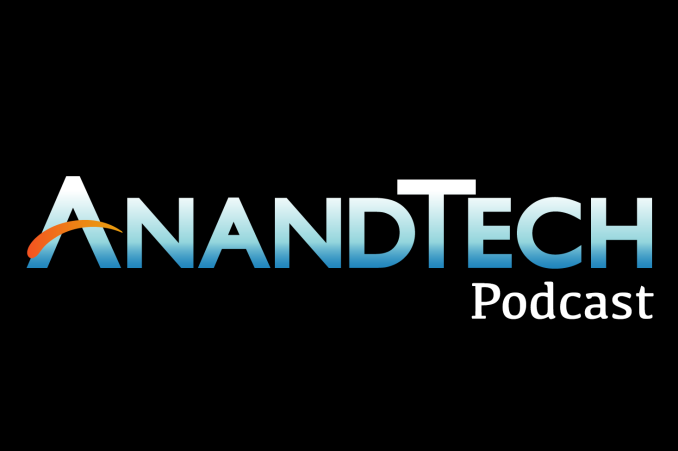
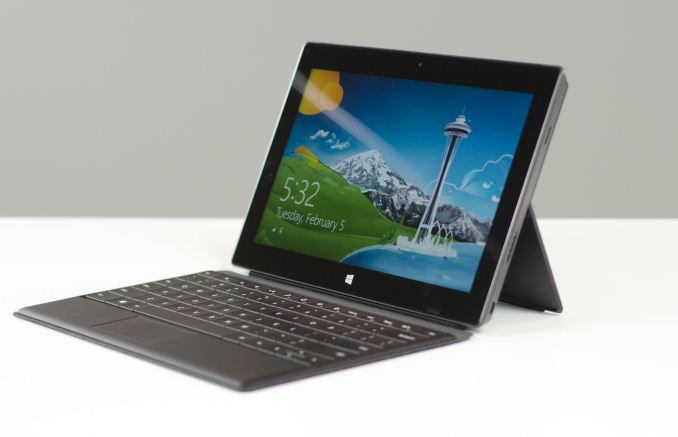
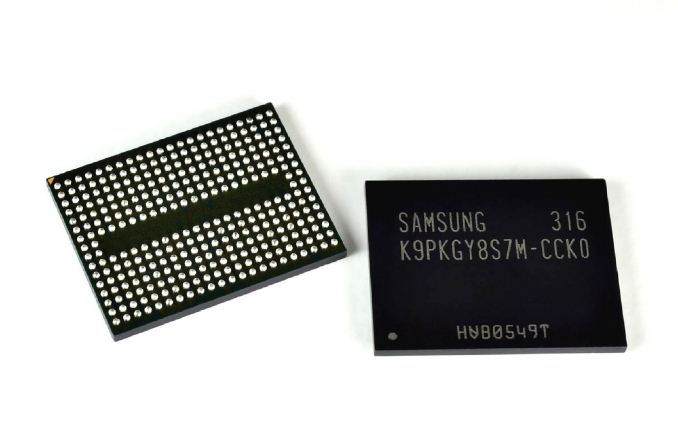
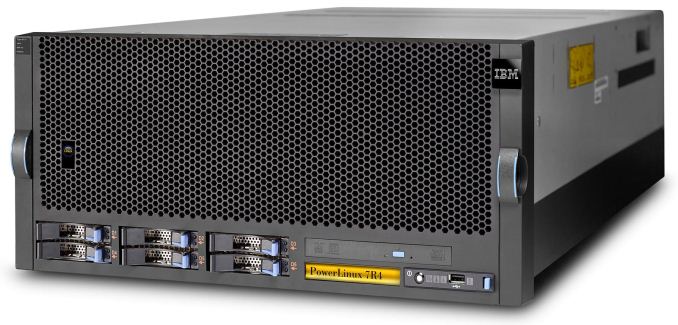
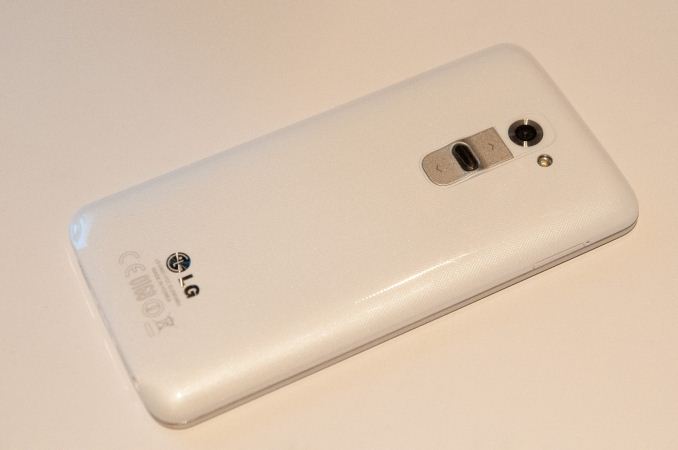
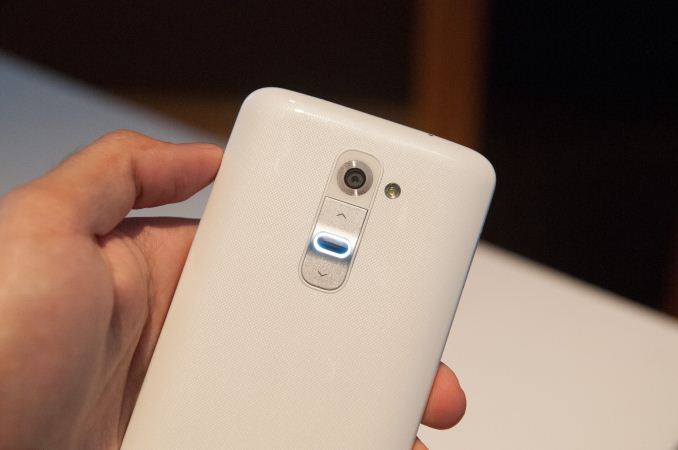
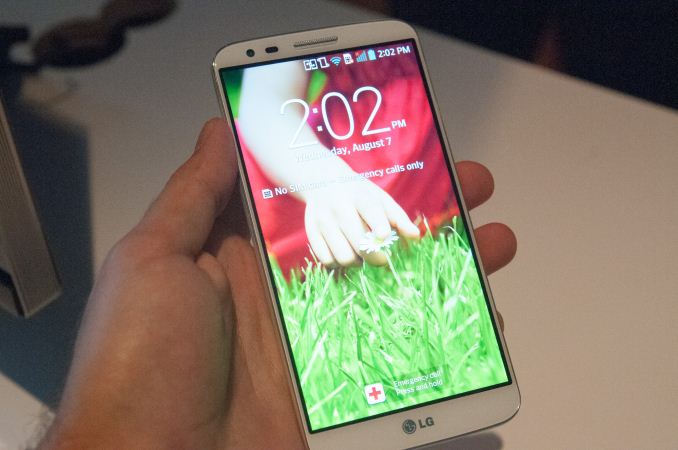
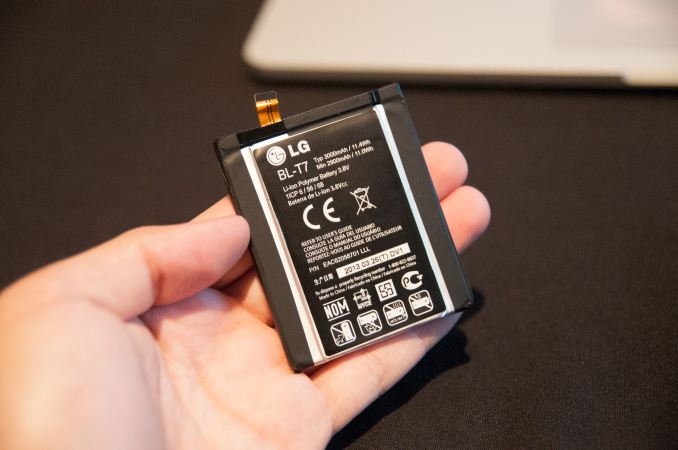
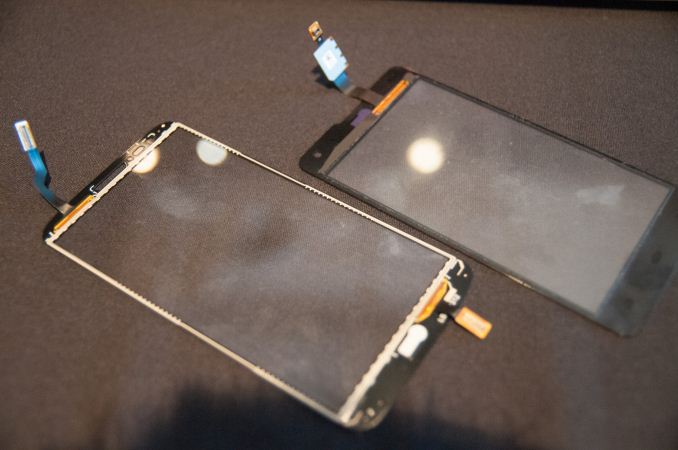
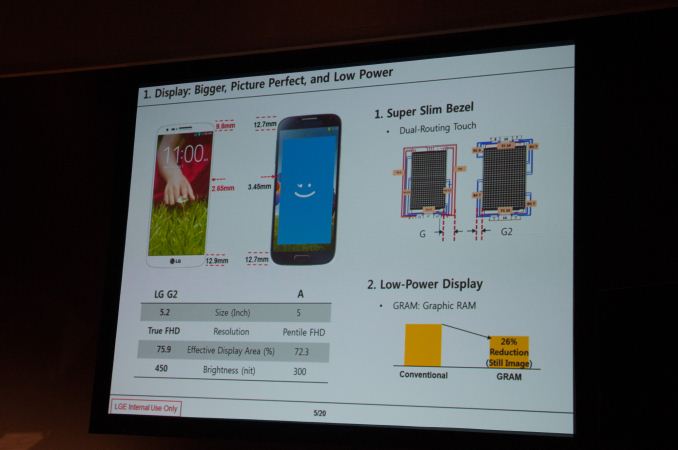
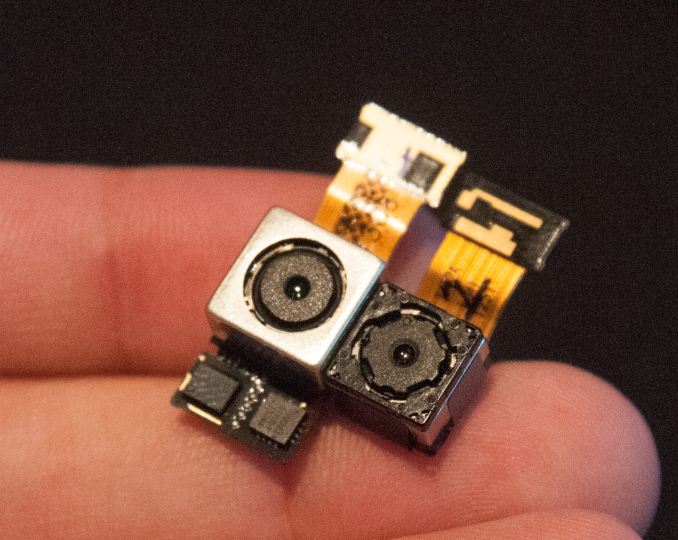
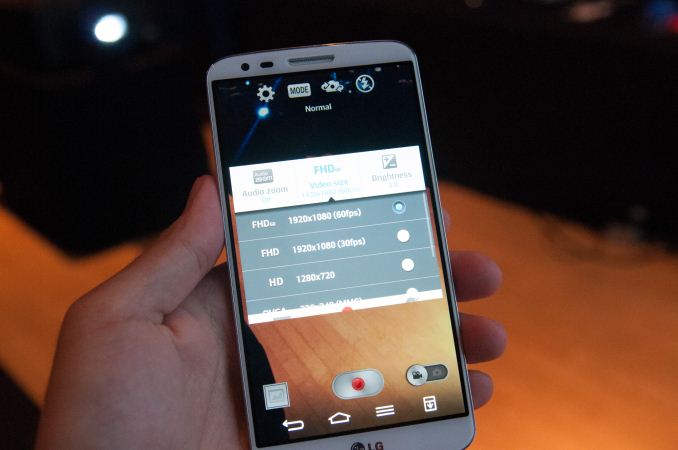
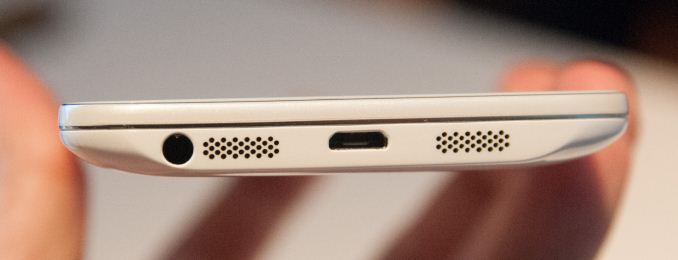
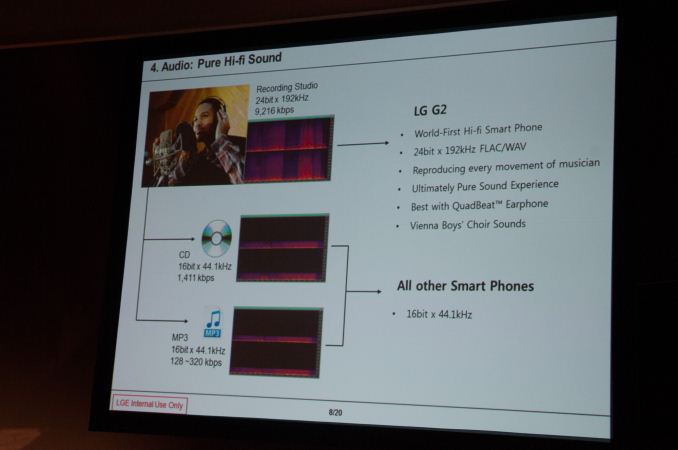
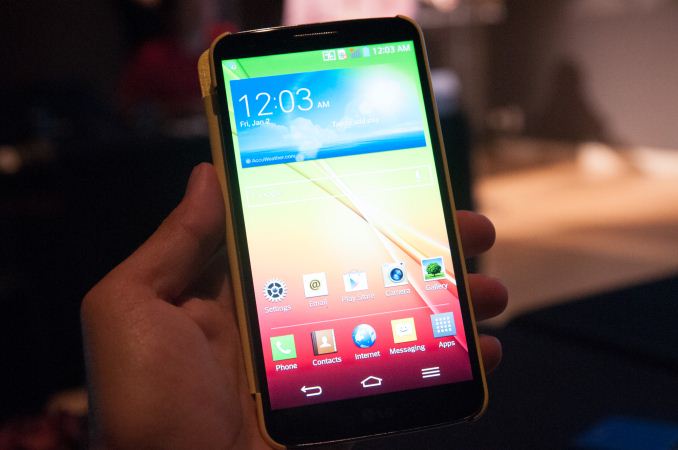
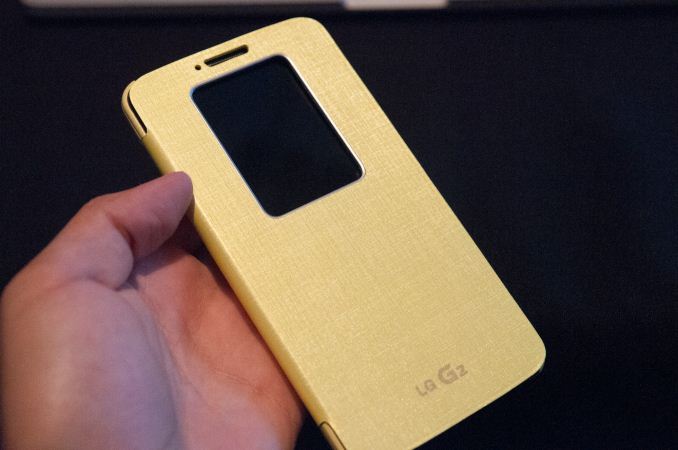
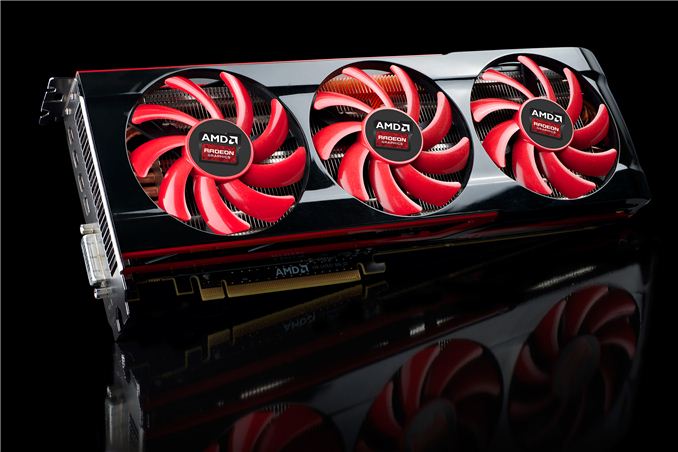

















Bookmarks